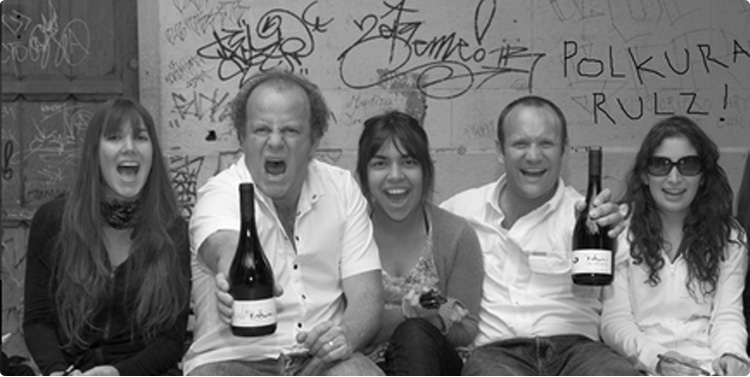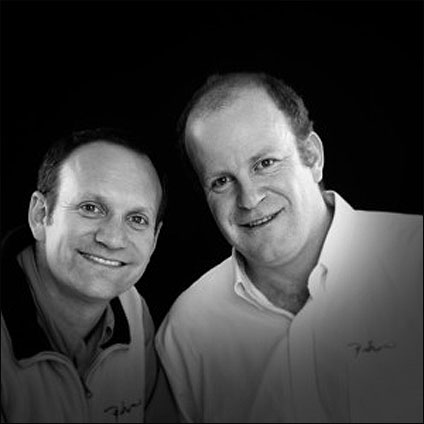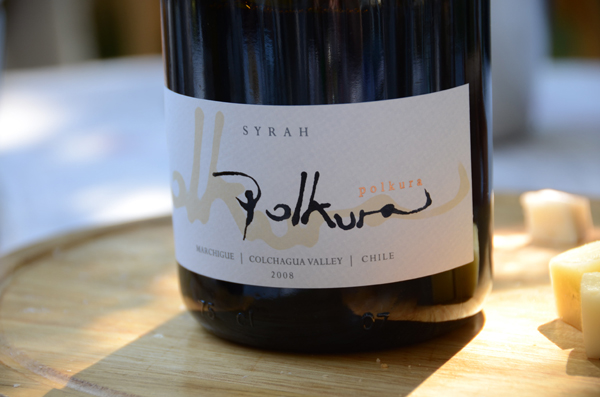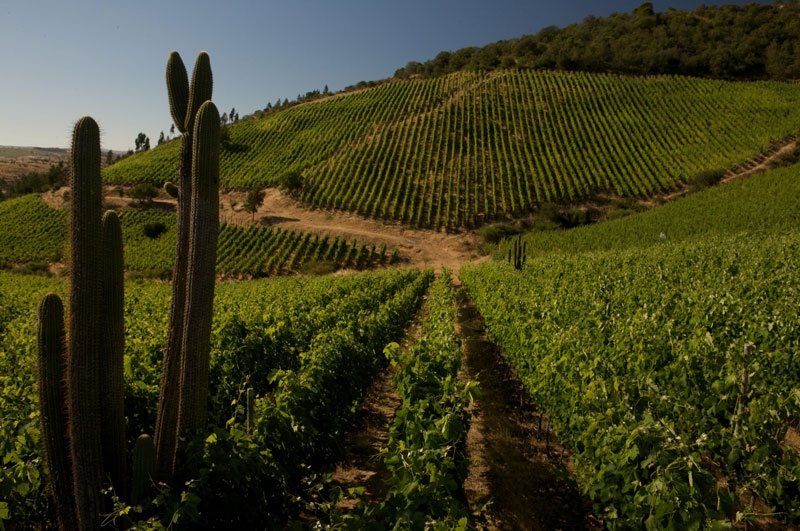Sven Bruchfeld – Polkura Winery
In 1998, winemaker Sven and his university buddy Gonzalo dreamt of starting up their own wine project. And four years later, Polkura vineyard was born when they bought a plot of land in the Colchagua Valley. They’ve since gone on to win a cabinet of shiny gongs, and are proud members of MOVI, Chile’s movement for small, independent producers.
Sven Bruchfeld and Gonzalo Muñoz; two men on a mission to craft Chile’s best Syrah, driven by a life-long passion for the grape and a belief that the Colchagua Valley in Chile could be the next great terrior for this variety. They established vineyards in the valley very recently, planting 12 hectares of Syrah in 2002. By Chilean standards this was to be a tiny, almost boutique style of operation with a production of fewer than 5,000 cases a year across their range. In a short space of time the wines have risen to the top ranks of Syrah being produced in Chile today, Sven and Gonzalo are setting the standard for others to follow.
Sven Bruchfeld doesn’t mind if you don’t like his wine, as long as some people love it.
He’s part of a bold new wave of independent vintners who are challenging Chile’s reputation for producing oceans of agreeable but predictable wines. Their quirky, small-batch harvests are capturing the attention of wine connoisseurs at home and abroad.
“We need wines that are polemical, that are not liked by everyone, that generate controversy and spark conversations,” said Bruchfeld, a Chilean of German ancestry who is owner and chief winemaker at the Polkura winery.
The independents have broken away from Chile’s industrial wine culture to lovingly squeeze out small lots of wines, usually using organic, even spiritually tinged theories of winemaking.
This new generation is much more conscious about environmental problems and more committed to healthy, sustainable agriculture … and also for the production of wines that have a stronger connection to the Earth. That’s why I think this new generation of winemakers and entrepreneurs is going to change Chile’s image globally.
Chile has been making wine since the mid-1500s, when Spanish settlers brought the first vines to the coast-hugging nation. And it has grown into the world’s No. 7 wine producer, with an output of nearly 1.3 billion liters last year. About 480 million liters of bottled wine were exported.
While major producers also release batches of world-class wines, critics have long complained that Chilean wine overall was too industrial and fixated on volume. “It had quality but lacked character, and there was no space for the small winemaker,” said Patricio Tapia, Chile’s most respected wine writer. But in the past decade “a new generation has been born, and Espinoza was the precursor,” said Tapia, author of the “Descorchados” wine guide.
The artisanal producers have pounced on long-abandoned vines or set up shop in forgotten wine zones, while others have experimented with new combinations of grapes, regions, temperatures and terrains.
In the quest for a more interesting wine, they’ve experimented in extreme places: from the icy south to northern areas in the heart of the Atacama desert. The result has been a rich mosaic of styles. They often use rustic but proven methods such as manual corking and egg-shaped concrete vats and earthenware pots for fermentation.
In the Colchagua Valley, Polkura focuses on syrah grapes to produce 2,000 cases a year. Its name means yellow stone in the native Mapudungun tongue and comes from the yellow granite spread in the area’s clay soils. Polkura’s winemakers say the decomposed granite “gives the wine minerality and elegance, while the clay provides body and structure.”
Its 2008 syrah made it into the Top 100 list for both Wine Spectator and Decanter magazines. And its Block g+i won the Southern Hemisphere’s best syrah in Australia’s “Five Nations Wine Challenge.” For Peter Richards, author of “The Wines of Chile,” ”It’s not an overstatement to say that the very future of Chilean wine is being decided right now.”
“Chile can stay in a dependable, reliable but slightly unexciting mode, or it can choose to spread its wings and really try to discover its potential for fine wine,” said Richards, one of the world’s 314 certified “masters of wine.”
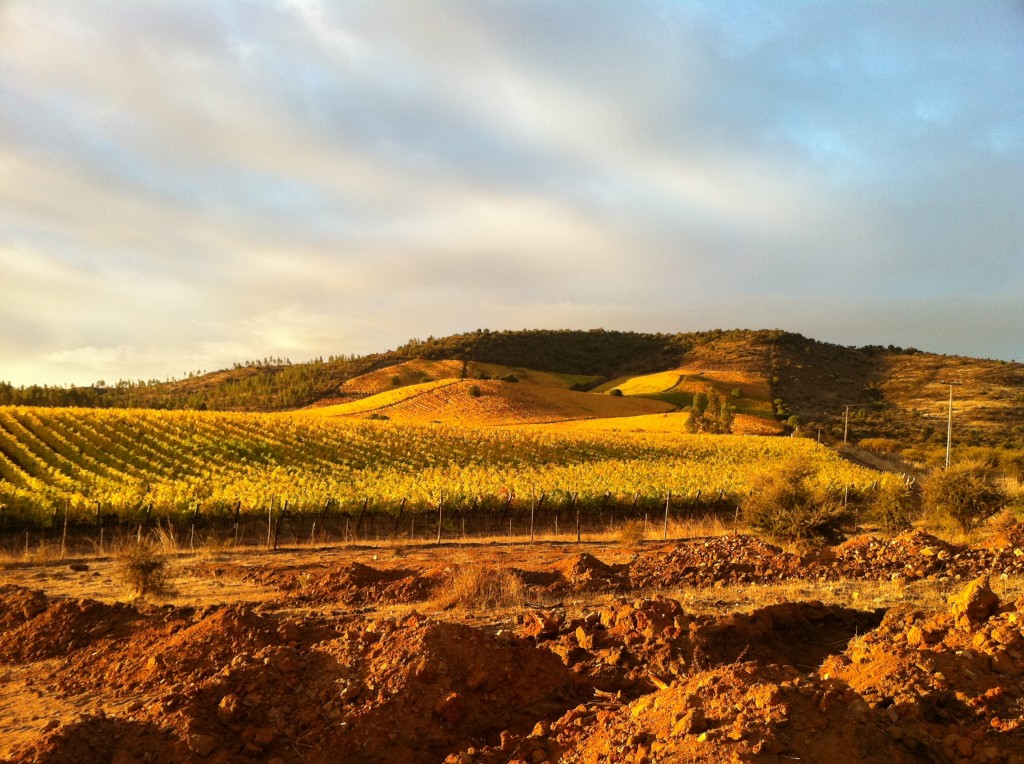
It’s very exciting to see the beginnings of this revolution. The flame is still small but it continues to grow. It just needs more fanning.



 0
0